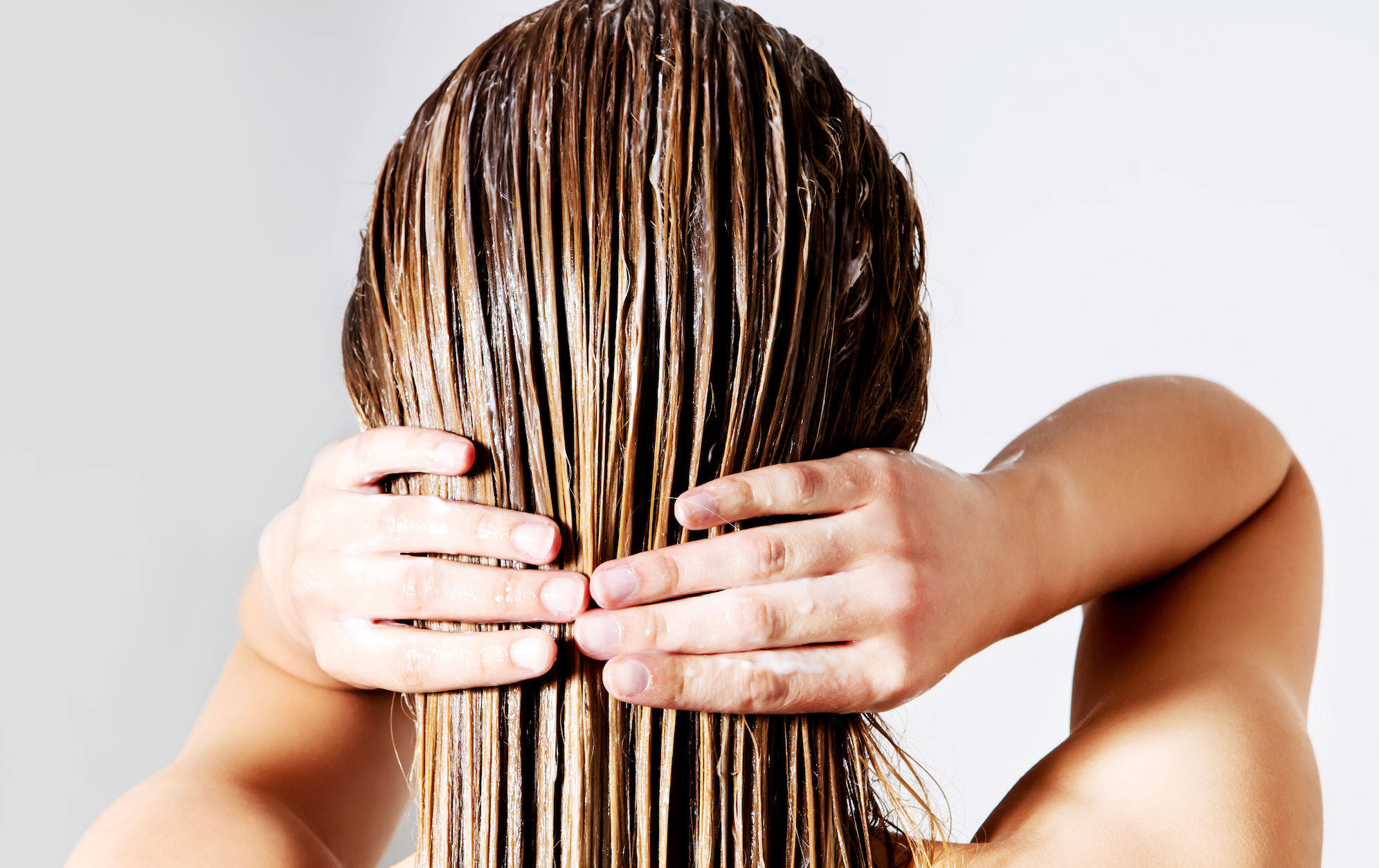The guide you never knew you needed for hair oiling.
Across Asia, hair oiling is common practice, and has been used for centuries as a way of naturally nourishing your scalp and locks.
It has also been scientifically proven to stimulate hair growth, protecting hair from environmental and styling damage by hydrating and healing the hair shaft.
The key thing to know about hair oiling, is it will lock in moisture and prevent hair from drying out. Meaning, we could all use some hair oiling in our lives.
With so many different types of hair oiling techniques and even more different types of hair oils to use, how do you know how to do it properly and which ones to use?
Applying oil the wrong way to your hair, superficially, can just leave you with a greasy scalp and even greasier hair. And the same can be said for using the wrong type of oil, which can leave you feeling frustrated.
How To Oil Your Hair
Depending on what you want to achieve, you can oil your hair in various ways. You will probably need a few accessories, so think about using a hairdressing pouch for oils, combs and caps.
Wet or Dry Hair?
Oiling dry hair is better to penetrate the hair deep inside the follicle and at the root of the hair. The main task of dry hair oiling is to protect and make the hair shinier. It will prevent frizzing and tame unruly strands.
On the other hand, wet oiling also has its benefits. The oil won’t penetrate as deeply, as water creates a layer on top of the hair, but dampness will help spread the oil and keep the moisture inside for a more extended period of time.
Oil can also help to protect the hair when drying your hair with a blow dryer.
No matter which option you choose, always remember to have a clean scalp, or the oil won’t be able to absorb.
For dry hair, apply the oil 24 hours after washing and drying your hair. Don’t use hair products after washing, (like a leave in conditioner,) as it may have ingredients in it that block the oil treatment.
For wet hair, apply the oil right after washing your hair with your fave shampoo and conditioner.
You don’t need much. A small amount the size of a fifty cent coin should be enough.
Warm or Cold Oil?
It’s always better to heat the oil before use. The heat makes the oil more effective and allows the temperature to expand your hair. According to Tippi Shorter, a celebrity stylist, when you apply hot oil from the scalp to the ends, the strands can absorb the nutrients 30- 40% more effectively.
If you decide to use cold oil, remember to wrap your head with a hot towel. It can effectively heat up your hair and help with absorption.
Either way, you can leave it for the night with your head wrapped in a towel, or rinse it after the required amount of time. Depending on the oil and effects you want to have, it may be 20 minutes and even a few hours.
Is a head and hair massage necessary after oiling?
No, it’s not. In fact, it’s better not to massage if you don’t know how to do it properly. Vigorous massage can cause hair to break, so if you decide to self-massage your scalp, be careful and follow these tips:
- Gently massage your head for a few minutes
- If you have curly hair, segregate the curls into strands
- Use only the tips of your fingers using a circular motion
- Place hand in an L-shape and apply a little pressure
This way, you should relax your skin and spread the oil thoroughly.
Now let’s explore some of the different oils you can use.
Coconut Oil
Coconut oil is one of the most popular oils used in cosmetics. It’s good for basically everything – you can use it on your skin, lips, hair, to remove makeup and you can eat it.
It is proved to reduce protein loss from the shaft, and it will make your hair smooth and less frizzy. Because of its heavy molecular weight, it will moisture deeply and provide natural protection from pollution and UV light.
Sesame Oil
Sesame oil is best for repairing split ends and reducing frizz. It’s high in Vitamin D, calcium, zinc, iron, and magnesium to easily prevent dandruff and provide deep conditioning of the scalp.
Argan Oil
Argan oil may be just the most popular oil there is. It’s a rich source of Vitamin A, C and E, antioxidants and omega-3 acids.
Since argan oil is an excellent antioxidant, it may help with inflammation, treat dandruff and help with psoriasis. It will stimulate hair growth and prevent further breakage.
Almond Oil
Almond oil can be used to stimulate hair growth due to the biotin in it. It’s lighter than sesame but thicker than coconut oil so it will spread better. It will nourish and strengthen your hair while keeping the frizz to the minimum.
Castor Oil
Castor oil is considered a remedy for extensive hair loss and thinning. It is high in monounsaturated acids, which will lock the moisture inside. The key ingredient is ricinoleic acid which is recommended for hair that needs more oxygen and nutrients.
When you choose the right oil for your hair, oiling may benefit your hair significantly. When selecting one, you have to access what type of hair you have and what it needs. For example, coconut oil will be the best for dry and frizzy hair.
Depending on how much your hair needs, try to oil it 1 to 3 times a week. You can always invite someone, turn on Netflix and have a social party with your sisters of BFFs!

